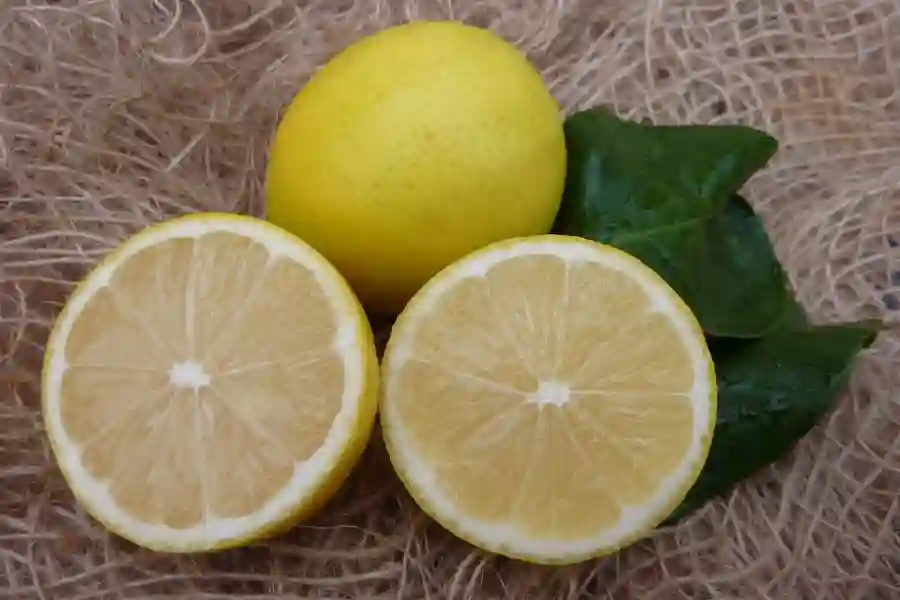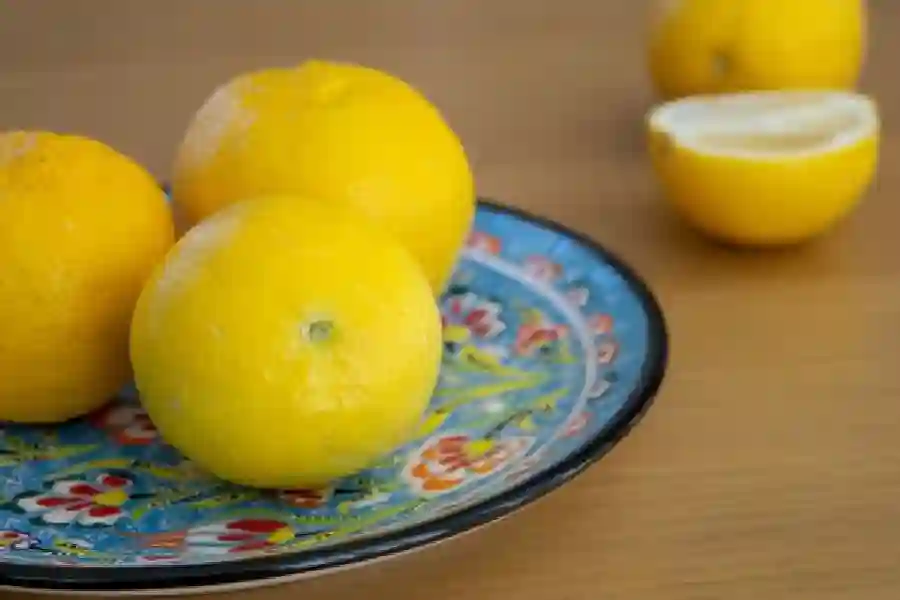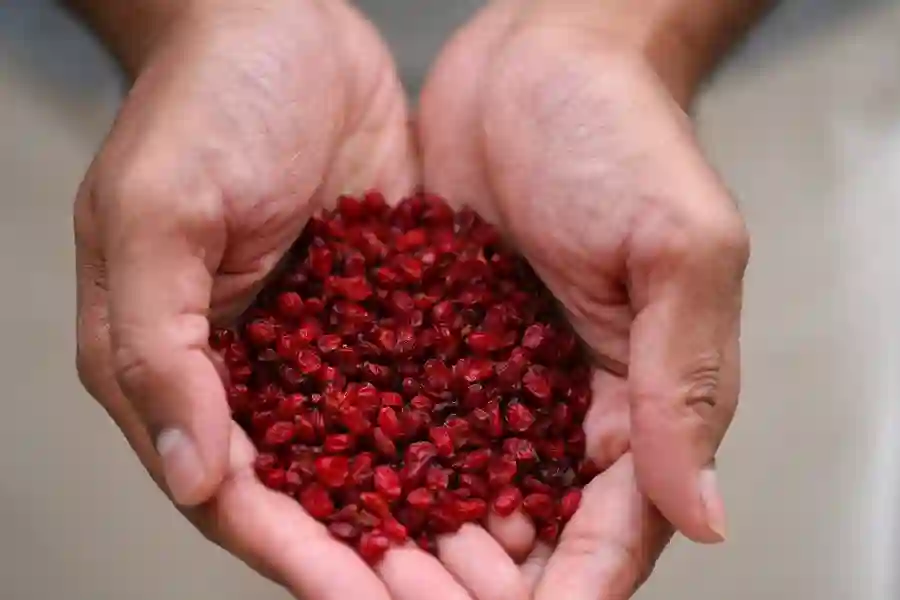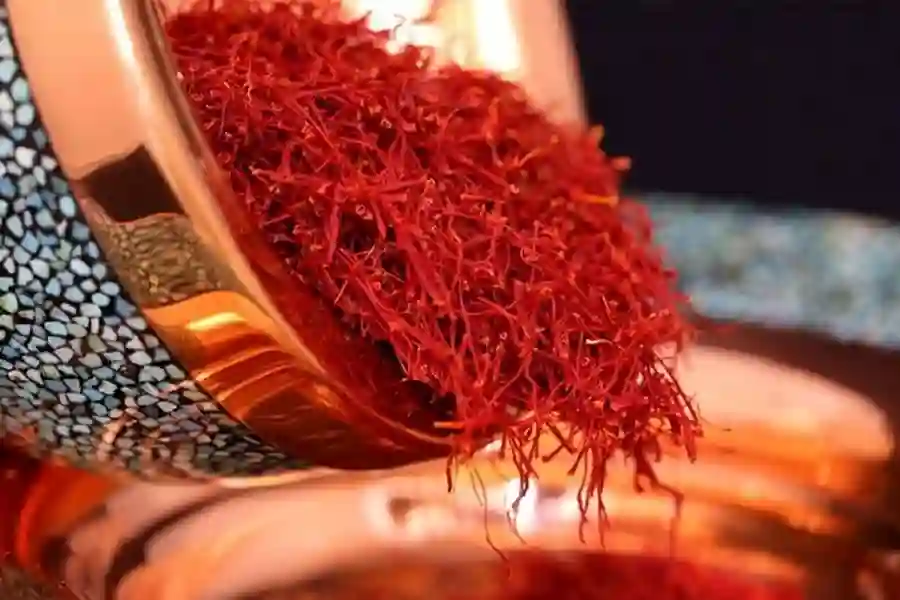The Persian Lemon offers a surprising twist on a familiar fruit, presenting a unique opportunity for importers to introduce a true novelty to the global citrus market. Unlike any lemon you have tasted before, this Iranian specialty is cherished for its remarkable sweetness and delicate floral notes. For businesses aiming to diversify their portfolio with healthy, unique, and intriguing products, this fruit is a game-changer. Understanding the distinct characteristics and market potential of the Persian Lemon is the first step toward capitalizing on this untapped opportunity.
What Makes the Persian Lemon So Unique?
When we refer to the Persian Lemon, we are speaking of a specific cultivar known in Iran as Limoo Shirin, which translates directly to “sweet lemon.” This fruit fundamentally challenges the universal expectation of a lemon being sour. It is not to be confused with the common sour lemons like Eureka or Lisbon, nor is it a lime. The Persian Lemon belongs to a distinct category of low-acid citrus, making it a true outlier in the citrus family. Its primary defining characteristic is a flavor profile that is devoid of the sharp acidity typical of its relatives, offering a gentle sweetness instead.

Beyond Sour: The Science Behind its Natural Sweetness
The “magic” behind the Persian Lemon’s sweetness is a matter of simple chemistry. It contains very little citric acid, the compound responsible for the tartness in most citrus fruits. While it has some acid when it is on the tree, this level drops significantly and rapidly after it is harvested. This transformation leaves behind a flavor that is subtly sweet, incredibly refreshing, and often described as having light floral or honey-like undertones. The experience of eating one is closer to that of a mild orange or a sweet pomelo than a traditional lemon.
This lack of acidity also affects how it is consumed. Unlike sour lemons used as a flavoring agent, the Persian Lemon is often eaten fresh, peeled segment by segment like an orange. Its juice is a popular health beverage in Iran, prized for its gentle and palatable taste. For an importer, this unique biochemical profile is the core selling point. You are not just offering another lemon; you are offering a completely new taste experience that will intrigue and delight consumers looking for something different from their fruit. The novelty of a sweet Persian Lemon is a powerful market differentiator.
Physical Attributes: Identifying a Quality Persian Lemon
Visually, the Persian Lemon is as appealing as its taste. It typically has a round to slightly oval shape, similar in size to a medium orange. Its skin is thin, smooth, and a vibrant yellow when fully ripe, making it attractive for retail display. The peel is also quite aromatic, releasing a pleasant citrus scent when handled. One of the most valued characteristics of a premium Persian Lemon is its incredible juiciness. The fruit feels heavy for its size, a clear indicator of its high water content.
Inside, the flesh is a pale yellow, with segments that are tender and easy to separate. Unlike sour lemons, whose pulp is almost too intense to eat directly, the segments of a Persian Lemon are meant to be enjoyed fresh. The membranes separating the segments are thin and not overly bitter. For importers, these physical traits are key quality markers. A high-quality shipment should consist of uniformly sized, brightly colored fruits with unblemished skin, signaling freshness and a high juice yield to potential buyers.
Market Potential: Why the Persian Lemon is a Lucrative Import
The Persian Lemon is more than just a novelty; it represents a strategic opportunity for importers to fill a specific niche in the global fruit market. It doesn’t compete directly with the billions of sour lemons and limes sold annually for cooking and flavoring. Instead, it creates an entirely new category: a sweet, fresh-eating lemon. This distinction is crucial, as it allows businesses to target different consumer needs and usage occasions. Its uniqueness is its greatest strength, attracting curious foodies, health-conscious shoppers, and beverage businesses looking for innovative ingredients.

Tapping into the Health and Wellness Trend
In today’s health-focused world, the Persian Lemon has a compelling story to tell. It is an excellent source of Vitamin C and a powerhouse of hydration, making it a perfect natural wellness product. In Iran, its juice is a time-honored home remedy for colds and the flu, consumed for its soothing properties and ability to boost the immune system without the harshness of sour lemon juice. This traditional use provides a powerful marketing narrative that resonates with the growing consumer interest in natural and functional foods.
Furthermore, its gentle nature makes it suitable for a wider audience, including children and individuals with sensitive stomachs who might avoid highly acidic fruits. Importers can position the Persian Lemon as a delicious way to stay hydrated and get a vitamin boost. The key health benefits that appeal to modern consumers include:
- Immune Support: High in Vitamin C to help bolster the body’s natural defenses
- Superior Hydration: Its high water and electrolyte content make it exceptionally refreshing
- Gentle on Digestion: Low acidity makes it easier on the stomach compared to other citrus fruits
- Natural Energy Source: Provides natural fruit sugars for a quick and healthy energy lift
Creating a New Category in the Beverage Industry
The most immediate and significant market for the Persian Lemon is the beverage industry. Juice bars, cafes, and smoothie shops are constantly searching for new, healthy, and exotic ingredients to excite their customers. Freshly squeezed Persian Lemon juice is a product with immense potential. It can be offered as a standalone drink—a “sweet lemonade”—or used as a base for mocktails, wellness shots, and healthy juice blends. Its mild flavor pairs wonderfully with other fruits and vegetables without overpowering them.
Beyond fresh-juice bars, there’s a larger opportunity in the ready-to-drink (RTD) beverage sector. Manufacturers are under pressure to reduce the added sugar content in their products. The natural, gentle sweetness of the Persian Lemon makes it an ideal ingredient for creating healthy, low-sugar drinks for adults and children. It provides a refreshing citrus taste without needing lots of added sweeteners, appealing to label-conscious consumers. For an importer, this opens up a B2B market with large-volume potential.
Versatile Applications of the Fresh Persian Lemon
While its primary appeal is as a fresh-eating fruit and a source for juice, the culinary uses of the Persian Lemon extend into various creative applications. Its unique flavor profile allows it to be used in ways that sour lemons cannot, opening up possibilities for chefs and food manufacturers. Highlighting this versatility can help importers market the fruit to a broader range of customers, from high-end restaurants to industrial food producers, demonstrating that the Persian Lemon is more than just a one-dimensional product. This versatility adds significant value to its import potential.
From Refreshing Juices to Delicate Desserts
In the kitchen, the Persian Lemon shines in preparations where a subtle citrus note is desired without overwhelming acidity. It is a fantastic addition to fruit salads, where its sweet juice acts as a natural dressing that prevents other fruits like apples and bananas from browning. Its flavor is also delicate enough to be used in desserts. Chefs can use its juice and zest to create light sorbets, mousses, custards, and cheesecakes where the sharp bite of a regular lemon would be too harsh.
The key is to use the juice quickly, as enzymes in the fruit will cause it to turn bitter within 15 to 20 minutes of being exposed to air. This characteristic, while a challenge for storage, reinforces its identity as a premium, fresh-use product. This immediacy is a selling point for high-end culinary establishments that pride themselves on using the freshest ingredients for immediate preparation and serving. A fresh Persian Lemon offers a truly unique flavor.

Innovative Culinary Uses for Food Manufacturers
For food producers looking for the next unique flavor, the Persian Lemon offers exciting possibilities. Its profile can be incorporated into a range of commercial products. By stabilizing the juice or using the zest, manufacturers can capture its essence for a longer shelf life. This allows the unique flavor of the Persian Lemon to reach a wider audience in different formats. Consider these innovative applications for the food industry:
- Gourmet Syrups and Cordials: For use in craft cocktails, mocktails, or as a topping for desserts
- Non-Acidic Salad Dressings: Creating vinaigrettes that are light and refreshing without a sharp acidic bite
- Delicate Marinades: Ideal for tenderizing and flavoring white fish, scallops, or chicken without “cooking” the protein like sour citrus does
- Flavoring for Yogurt and Dairy: Infusing yogurts, ice creams, or kefir with a subtle, sweet citrus note
Your Direct Route to Importing Persian Lemon with Tehran Offers
The Persian Lemon is a rare find—a fruit with a unique identity, significant health benefits, and diverse market applications. From fresh juice bars to gourmet kitchens, its potential is waiting to be unlocked. To bring this sweet citrus secret to your market, you need a trusted, professional partner. Tehran Offers is your direct link to Iran’s Persian Fresh fruits. We manage the entire sourcing process, from quality assurance at the farm to efficient logistics and export documentation. Let us help you introduce this exceptional fruit to your customers. Contact us today to discuss your import needs and receive a personalized quote.
Frequently Asked Questions
What is the shelf life of a fresh Persian Lemon?
When stored in a refrigerator, it can last for about two weeks. However, its juice is best consumed immediately after extraction to enjoy its sweetness.
Does Persian Lemon juice become bitter over time?
Yes, due to enzymatic reactions, the juice of a Persian Lemon can turn bitter within 15-20 minutes. This makes it ideal for fresh, immediate consumption.
What is the best season to import Persian Lemon?
The peak season for harvesting is from late autumn to winter. This is the best time to source the freshest and highest-quality fruit from Iran.














Join The Discussion